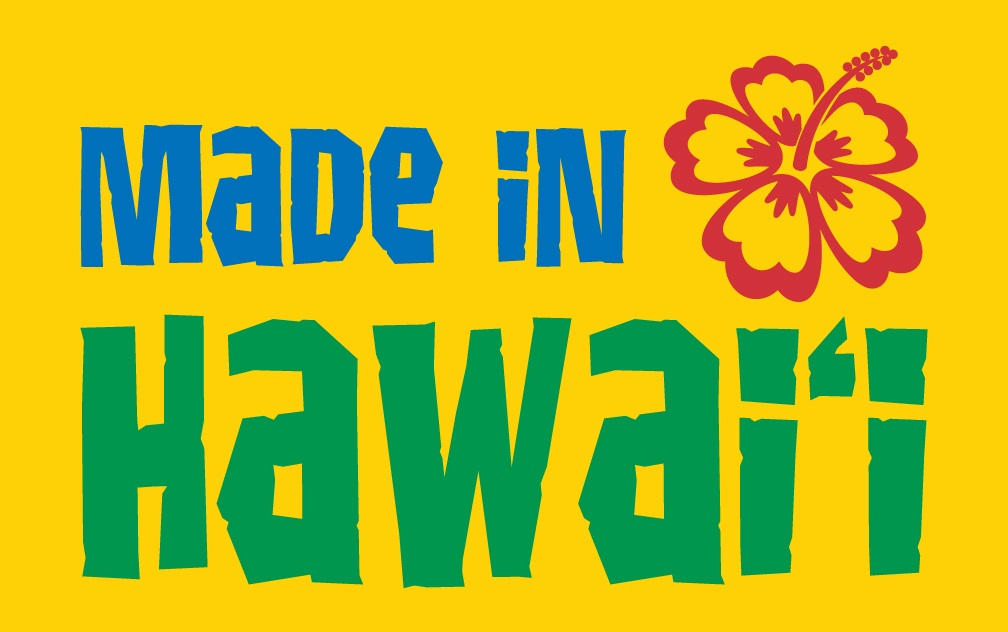
**IMPORTANT PARK NOTICES**
Monitor weather reports before your park visit.
•
[ALL ISLANDS] UPDATE – 12/12/25: Camping - Reservations for February 1, 2026 and beyond available at https://explore.ehawaii.gov, please create an account on Explore Outdoor Hawaiʻi to make a camping reservation.
A NEW WAY TO LOOK AT AND MANAGE TOURISM
Posted on Oct 14, 2021
A natural disaster and a pandemic forced the issue and now Hawai‘i remains at the forefront of regenerative tourism, the re-imagining of tourism, and adaptive management.
These are the in-vogue, new buzzwords being used worldwide, as destinations begin recovery from the COVID pandemic.
At Hāʻena State Park on Kaua‘i, adaptive management kicked into high gear after the historic 2018 floods which closed much of the north shore there for a year and a half. The DLNR Division of State Parks (DSP) accelerated the implementation of the park’s master plan and used a total pause in visitation to redesign and rebuild the parking lot; to build upon strong engagement with the community and lineal descendants of the area; and to evolve partnerships with others, like the Hui Makaʻainana o Makana, which is now handling reservations, parking, and a shuttle service to the park.
DSP administrator Curt Cottrell said, “It shows we can be innovative and not only reduce the impacts of visitors to our resources, neighbors, and rural communities, but also to empower them to help us in the management. We know the State can’t do it alone and we must engage and collaborate with community partners.”
Hāʻena, the gateway to the famous and immensely popular Nāpali Coast State Wilderness Park, now is able, through reservation and parking controls, to cap daily visitation to both parks at 900 people, compared to 2,000 or more before the flood.
“There is no one recipe on how to best manage sensitive cultural and natural resources and a fluctuating visitor industry,” Cottrell says. “A lot of moving parts to work with and that’s the adaptation part. We often don’t know how something is going to work until we launch it, and we are learning it requires monitoring and adjusting.”
The visitor industry has certainly fluctuated a lot since early 2020. This provided additional opportunities to tweak, to discover, to rebuild, and to reimagine tourism. A key component was the institution of a pay-to-play paradigm.
Cottrell explained, “During the COVID-19 pandemic we did a fee increase for parking, entry, camping, and lodging. Our fees went up to be in alignment with fees at other state parks units in the U.S. We can now generate more revenue with fewer visitors to put back into our parks.
At Hāʻena, we also expanded the partnership with Hui Maka’ainana o Makana, which is a component of the master plan. We wanted to migrate more into community-based management of visitors, as they know what they can handle. The hui had already been restoring the lo‘i kalo system in the park for more than two decades, and with the number of lineal descendants involved, this type of adaptive management makes perfect sense.”
DSP is exploring more community management partnerships at places like Kealakekua Bay State Historical Park on Hawai‘i Island.
Chipper Wichman, President of the National Tropical Botanical Garden, life-long north shore resident, and one of the founding directors of the hui commented, “It’s precedent setting because some of the funds generated through this integrated shuttle, parking, and entry system will stay here in the park. To create community-based, culturally grounded jobs for our community to take care of this area is so important.”
The reopening of Hāʻena State Park in 2019 was heralded as a “new day.” Wichman says now with the pandemic hopefully waning, it’s another new day. “It’s really regenerative tourism. You hear that buzzword a lot, but here the rubber is meeting the road. Seeing some of the money generated stay in Hāʻena to create jobs and care for the natural and cultural resources has been our dream for over 30-years and now it is finally happening.”
Dozens of national media organization are taking notice of the Hawai‘i style “new days”. Well- known travel writers and broadcasters have visited Kaua‘i in recent months to chronicle regenerative tourism at Hāʻena.
PBS is planning a segment for its Travel Detective program hosted by tourism journalist Peter Greenberg. Focusing on hidden gems, Greenberg and his production team visited the park in June. “It’s a great idea because the community is involved. It’s about educating local folks and visitors. The concept of, we want more visitors, we want them spending more, we want longer stays, no longer works,” Greenberg said.
He added, “The problem we have on a global scale is entitlement. People think they’re entitled to do whatever they want in these special places. They’re only entitled to be responsible. Once they’re responsible, then they can be entitled to have a great experience. We’d reached the point of diminishing returns and that’s why community-management, adaptive management, regenerative tourism; has to come into play.”
Cottrell concluded, “Bottom line is our visitors will have better experiences, we’ll generate needed income, and ideally the communities around our parks will be less impacted.”


